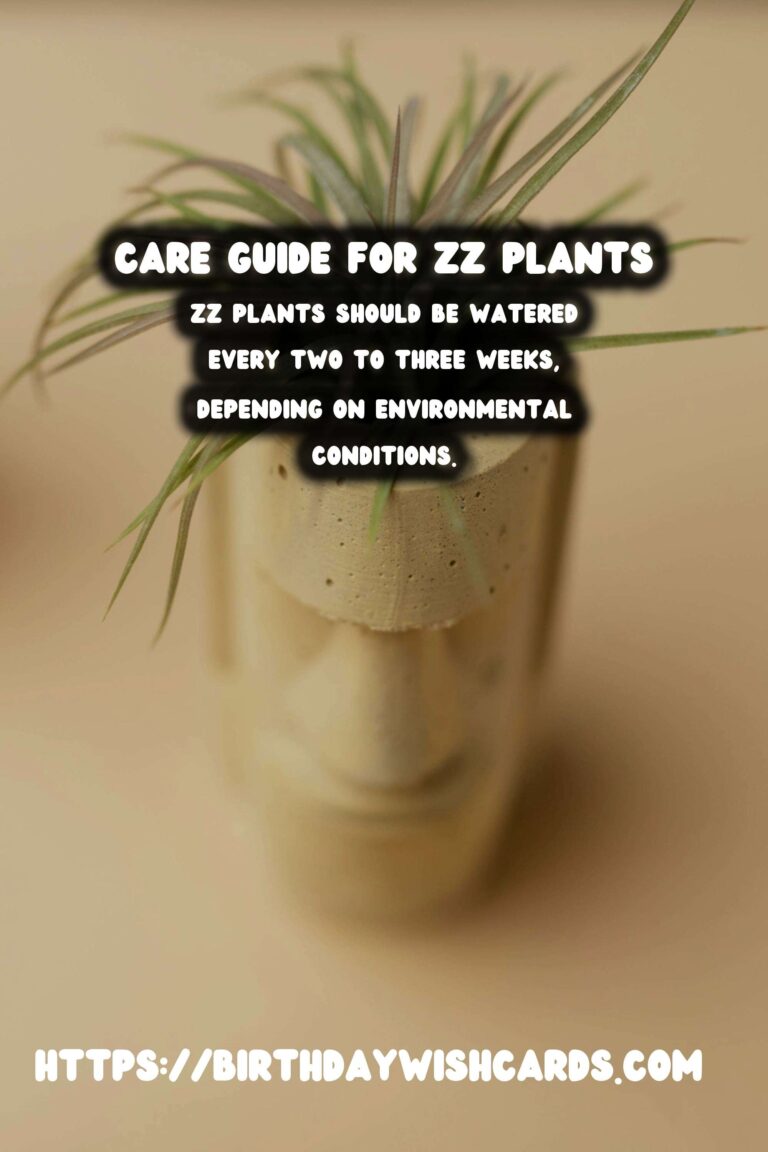
ZZ plants, scientifically known as Zamioculcas zamiifolia, are popular houseplants appreciated for their striking appearance and low-maintenance nature. Native to Eastern Africa, these resilient plants thrive in a variety of indoor environments, making them a favorite choice for both novice and experienced plant enthusiasts. One of the critical aspects of ZZ plant care is understanding the watering needs, which can significantly influence their health and growth.
Understanding ZZ Plant Watering Needs
ZZ plants are known for their ability to store water in their thick rhizomes, allowing them to survive prolonged periods of drought. This adaptation means that they do not require frequent watering, and overwatering can be more detrimental than underwatering. To ensure your ZZ plant remains healthy, it is essential to understand its specific watering requirements.
When to Water Your ZZ Plant
The best way to determine when to water your ZZ plant is by checking the moisture level of the soil. Insert your finger about an inch into the soil. If it feels dry, it’s time to water. Generally, ZZ plants should be watered every two to three weeks, depending on the environmental conditions such as humidity and light levels.
Seasonal Watering Tips
During the growing season, which typically spans from spring to early fall, ZZ plants may require more frequent watering. As the temperature rises and the plant enters its active growth phase, the soil will dry out more quickly. Conversely, during the dormant winter months, the watering frequency should be reduced, as the plant’s growth slows down.
Signs of Overwatering and Underwatering
Overwatering is a common mistake with ZZ plant care. Signs of overwatering include yellowing leaves, mushy stems, and root rot. To avoid this, ensure that the plant is in well-draining soil and that excess water can escape through drainage holes in the pot. On the other hand, underwatering may cause the leaves to curl or brown. If you notice these signs, it’s a cue to adjust your watering schedule accordingly.
Watering Techniques
When watering a ZZ plant, use room temperature water and ensure even distribution around the base of the plant. Allow the water to soak through the soil until it drains out of the pot’s bottom. After watering, ensure that the plant is not sitting in excess water by emptying any saucer beneath the pot.
Conclusion
Mastering the watering routine for your ZZ plant is key to maintaining its health and vitality. By understanding the plant’s natural adaptations and monitoring the soil’s moisture, you can create an optimal environment for your ZZ plant to thrive. Remember, it’s better to err on the side of underwatering than overwatering, as these resilient plants are well-equipped to handle occasional dry spells.
ZZ plants are low-maintenance houseplants that thrive in a variety of indoor environments. Overwatering is more detrimental than underwatering for ZZ plants. ZZ plants should be watered every two to three weeks, depending on environmental conditions. During the growing season, ZZ plants may require more frequent watering. Signs of overwatering include yellowing leaves and root rot, while underwatering may cause leaves to curl. 









#ZZPlants #Houseplants #PlantCare #Gardening #IndoorPlants




